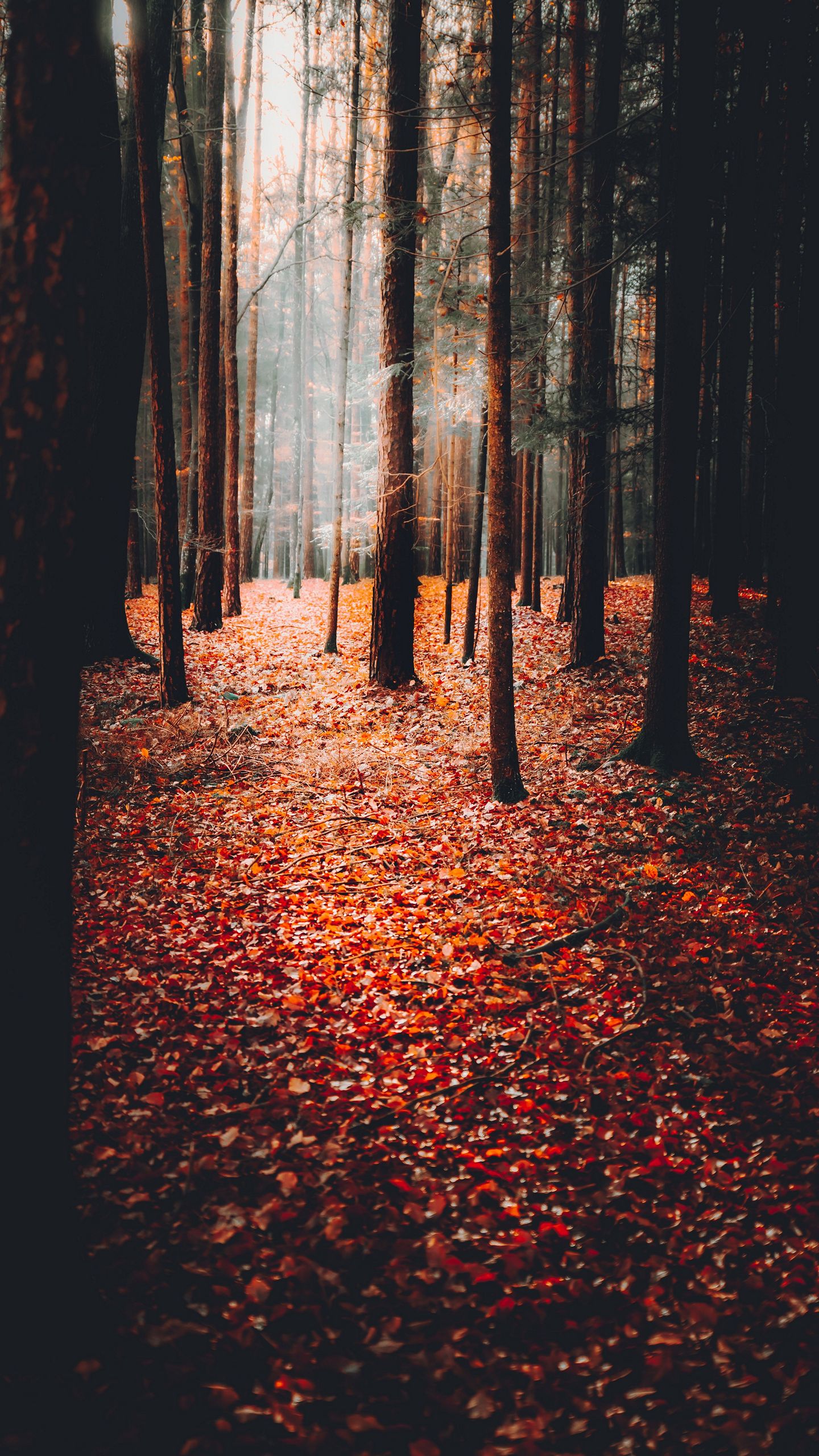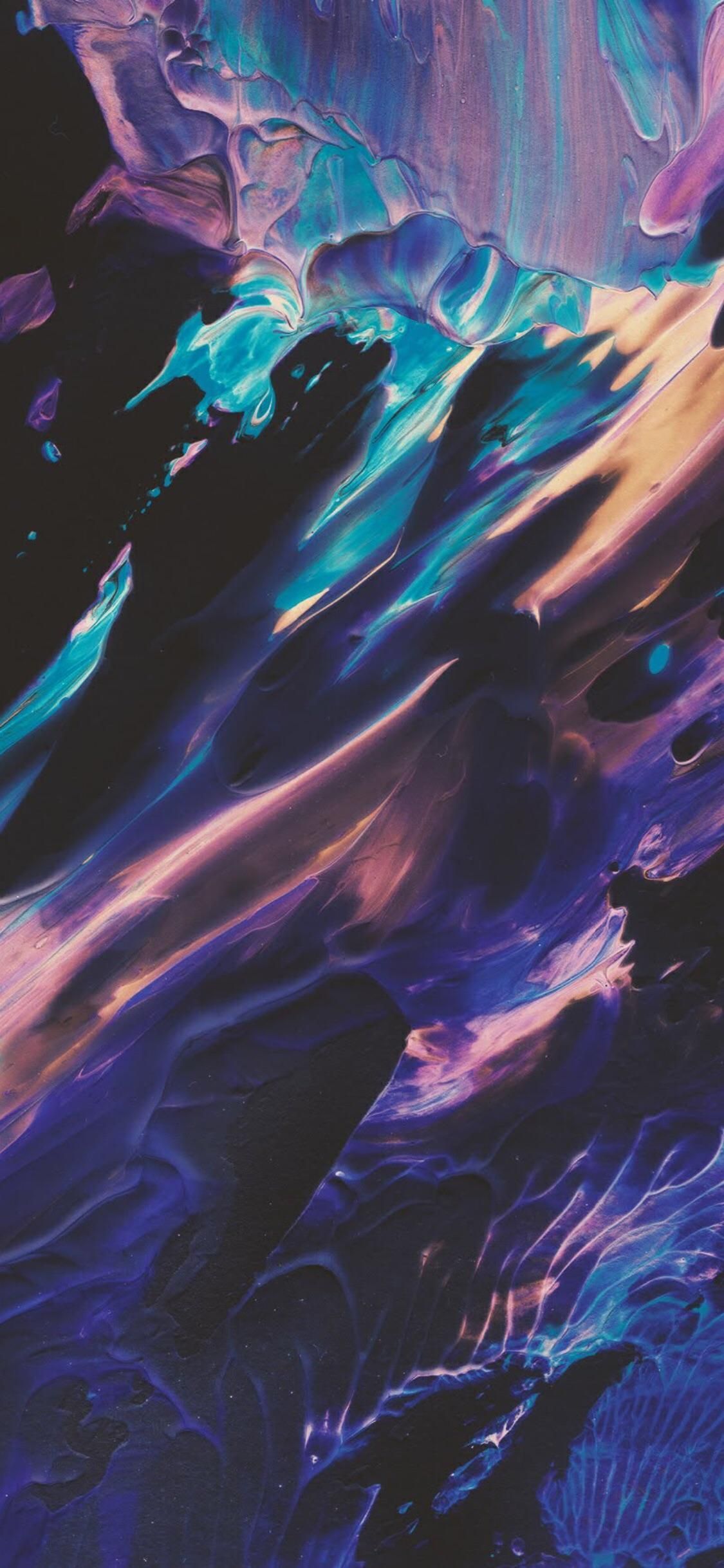

Filtering an Image and Fine-tuning for Printing Use a generic search word on Androids PlayStore or the iOS AppStore, such as ‘art’ or ‘painting’ to find the app that adds filters to the printed photo. For smartphones, which takes most of your impromptu photos, apps for photo-filtering are a dime a dozen. Once you’ve fixed your loss of pixels and selected the pertinent printing paper, it’s time to use filters for transforming that lackluster image into a striking printed photo.įilters can be added through standard programs on your computer or phone before printing, or you can try third-party applications.
PHONE FILTERS FOR PHOTOS SOFTWARE
Selecting the Software that Filters and Exports Photos for Printing Metallic finished images pop, although the paper can be pricier than its counterpart.
PHONE FILTERS FOR PHOTOS PROFESSIONAL
With a heavier premium finish, this is the top choice for professional photographers who want to maintain colors' vibrancy while being finger-print resistant.

You can find the following paper options from printing shops and online stores, each with its attributes. Your image cannot resemble that digital photo if the paper you're using isn't of photo quality. Alternatively, you can use the Rotate Crop feature to ensure you are printing your photos in the correct orientation. To switch between landscape and portrait photo orientation, swap up the first or second pixel numbers. Since 8 x 10 inches is the equivalent of 3000 x 2400 pixels, you can set this as the size your photo is to be printed. If the photo you want printed is a standard 8 x 10 inches, convert it into pixels using the crop tool. If your photo is standard size 5 x 7 inches, your printed image has to be 2,100 pixels high by 1500 pixels wide. If your device or computer doesn't tell you how many pixels your image has, multiply its area by 300. Printing an Image Size that Corresponds to Your Photo’s Number of Pixels If your photo doesn’t have sufficient PPI or Pixels per Inch, the printed image won’t look anything like its digital counterpart. An image with low pixels will look good on a computer or phone screen, but all the clarity and resolution are lost once it's printed.Ī loss of pixels often happens as a result of trying to enlarge your image or cropping it. If your photo has many pixels, the better its ultimate printed color quality, resolution, and size. Pixels are the units for measuring your photo's quality in terms of resolution, and they determine the size that can maintain this quality when the image is printed. The first image attribute you need to look at is pixels.


Pixel Loss and the Distorted Image Size or Resolution


 0 kommentar(er)
0 kommentar(er)
